![]()

NEWS
Fernando de Tacca analyzes the boundaries of Miguel Rio Branco’s work
I came across the work “Monologue of a Shadow/Monologue d’une ombre”, by Miguel Rio Branco, dated 2002, in the collection of Reina Sofia National Art Center Museum, in Madrid, during research on the presence of Brazilian photography in international museums, and from the first moment I was interested in getting to know its proposal up close, mainly due to the fact that on the museum’s website it is named as a book: “Descriptive technique: Book containing eight photographs by Miguel Rio Branco and texts by Augusto dos Anjos“ [1]. With Thanks to the museum’s technical preservation and conservation department, I paid a visit and was able to see the work up close.
The edition of the work was suggested by Alexis Fabri, and was designed by Michele Lucci. White River [2], in an Internet interview, stated that he did not participate in the entire formatting process, as Fabri’s practice was to suggest that the artist send him a set of images and a chosen text. In this case, Miguel chose the poem by Augusto dos Anjos, which is the title of the work also translated into French. It should be noted that Alexis Fabri later created the Toluca publishing house [3], in Paris, which continues its innovative proposals in the construction of boxes and other types of presentation of photographic works, and in which Miguel Rio Branco edited a volume of this collection: This Blessure – vol. 41, with text by Luiz Ruffato (L’étalogiste) [4] and box design by Mauricio Rocha [5]. In this case, the idea of a photobook is very well defined, as the box, once opened, presents us with a set of images and texts stitched together that provide an order between text and image. For Ruffato, “the text speaks to the photos by breathing the same scenario” [6]. Each double-page text is followed by a diptych of photographs, like a repetitive dynamic with this format, creating a narrative unity. According to Ruffato, he received a request from his publisher in Paris to send the text and had contact with the images before the work was published by Toluca.
Miguel Rio Branco defines this photobook as part of his creative process: “I use images and also colors, types of light, things that keep repeating themselves. There are colors that come from the painting era that I continue to use. When I edit a photograph, it’s as if I’m repeating elements in a combinatorial way, as if I’m expressing the same idea, but in a different way. A little similar to what happens in music, for example with a chord progression by João Gilberto: he takes a melody, develops it, subtly transforms it. It’s not a radical transformation, like going from rock to samba, or from samba to jazz. Modeling the material, like Morandi, who never stopped painting bottles, and yet they are all different.” [7]
Without a doubt, Miguel Rio Branco’s trajectory is of great complexity and has already generated many theses and articles [8]: covers painting, installation, slide shows, cinema, photography and photobooks. In a way, the artist’s text above indicates his always inclination towards his personal collection of images, moving and re-signifying them in different creative processes. Other previous productions, such as “Dulce Sabor Amargo” (Fondo de Cultura Económica de México, 1985, considered a classic in the history of Latin American photobooks), already contained texts by Jean Yves Cousseau, and in another reference, “Silent Book” ( Cosac & Naify, 1998), the text is not part of the visual proposal of the graphic project. In other words, each Rio Branco project has its own characteristics of creation, formatting and presentation.
Rio Branco relates this work to the audiovisual installation “Door of Darkness” (1995), and also the book “Silent Book”: “… who have this pessimistic dramatic notion of the Monologue of a Shadow and I thought it would be suitable for the project”. And the artist also finds in Augusto dos Anjos a reference for a good part of his works, according to him, his images are loaded with skepticism, and with a density always towards the occultity of shadows and darkness, which highlights the polarized colors even more. Some sensation of a Platonic pathology of the thanatus is presented in Rio Branco’s images, when the philosopher calls the images (or eidolon) firstly for the shadows. This work is also related to another installation, “Gritos Surdos”, originally created following an invitation from Tereza Siza, creator and then director of the Centro Português de Fotografia, in the city of Porto, in Portugal, and exhibited in 2000, and later U.S Rencontres Photographiques d’Arles, in France, in 2005, at Casa França-Brasil, in 2014 [9].
“Monologue of a shadow/Monologue d’une ombre” [10] is located between borders; it can be read with loose images together with the poem, or in an arbitrary way, forming diptychs or triptychs, that is, the subject is allowed many options for action in front of the set of eight images reproduced in the process cibachrome, with the text printed in an accordion format, which opens so that the poem can be viewed or read as a whole. The text and image set is “pressed between glass”, in a circular format, and to see the content we need a screwdriver to open the double glass and metal casing. For Rio Branco, the work can be hung on a wall, like a painting, but the content, in this case, would be a mystery, and it seems to us that this intention of hiding or making access to the content difficult is related to the theme of shadow and the format circular alluding to “dead photospheres” by Augustos do Anjos. The outer metallic layers of the work would have their own light and heat, placing physical barriers to the “dead” images in their receptacle.
Highly valued on the art market, this work (example 59/60) was found for sale on an Internet art website with a value of three thousand euros. [12] Each work, therefore, always accompanies an accordion print of the poem by Augustos dos Anjos (Portuguese/French) and eight reproductions in process cibachrome, legitimizing itself as a photographic process in each copy, and whoever owns it can even decontextualize the poem’s images. Rio Branco, as author, differentiates it from the museum’s categorization, which calls into question the breadth of the photobook nomenclature: “… one more detail in relation to this piece is the fact that it is another piece that can be placed on the wall and seen one image at a time, it would not be much like a photobook, as the speech is not closed“.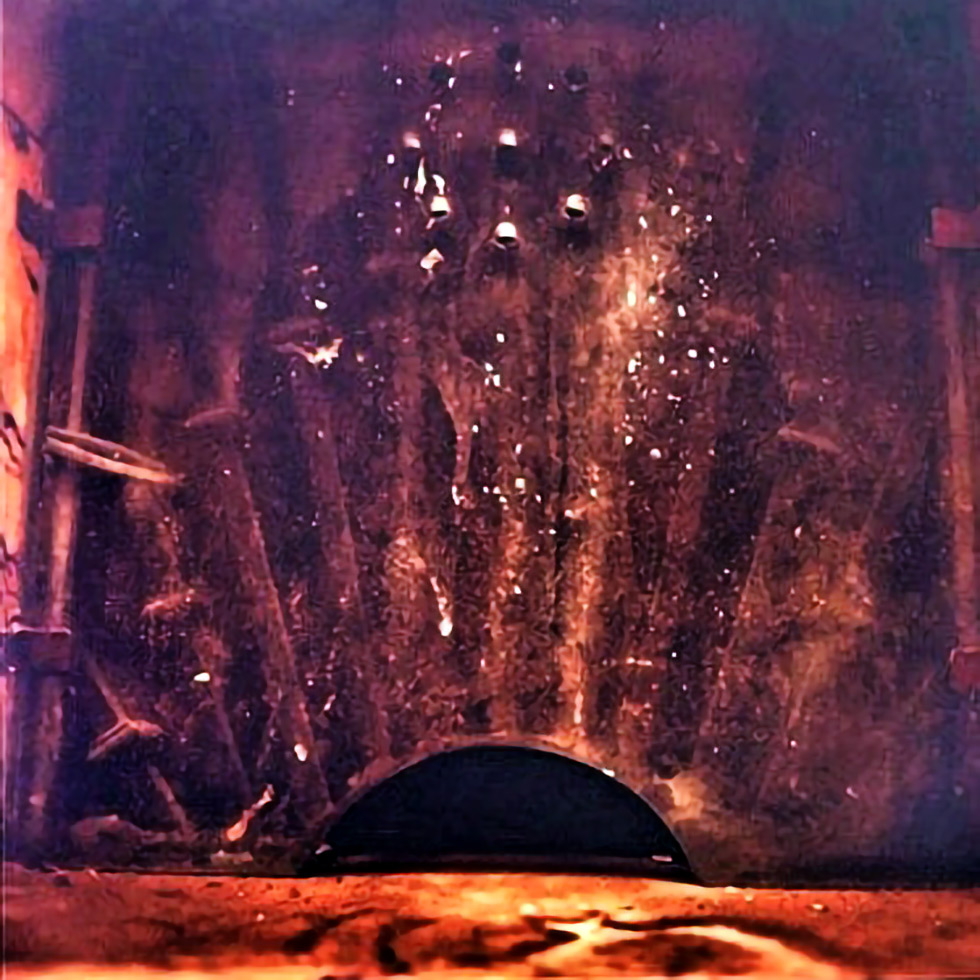
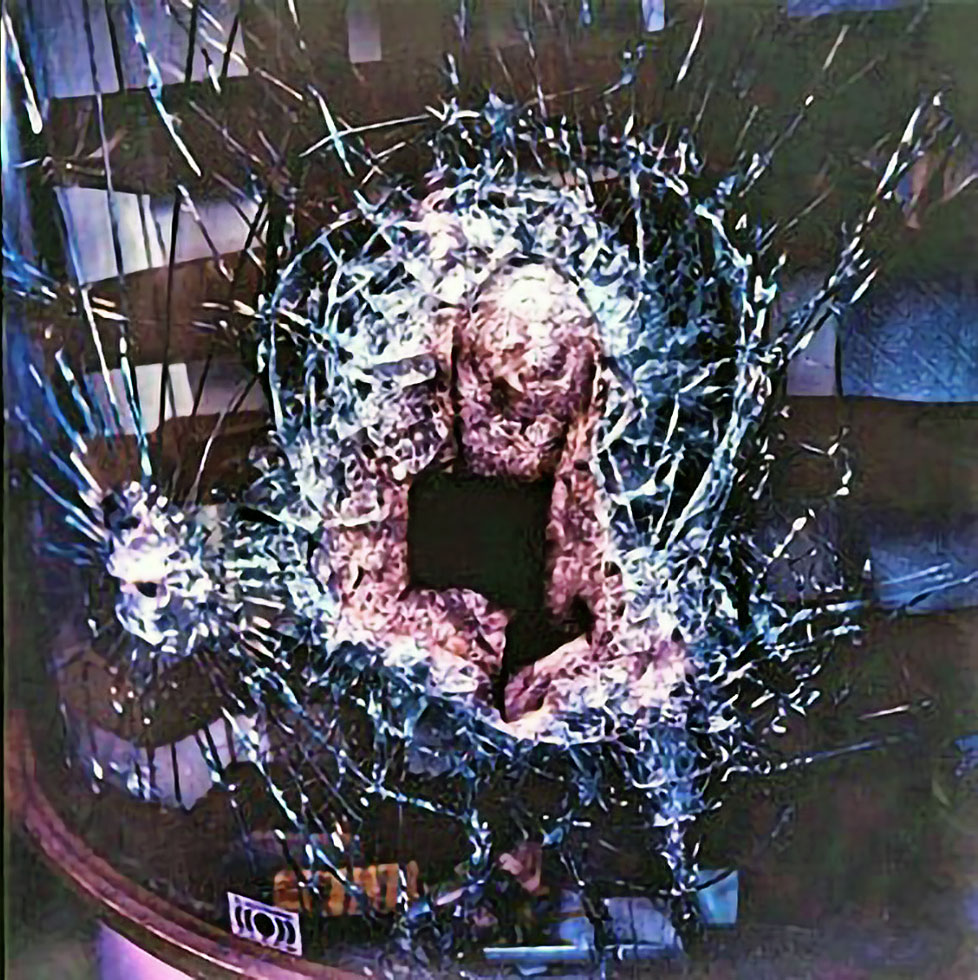
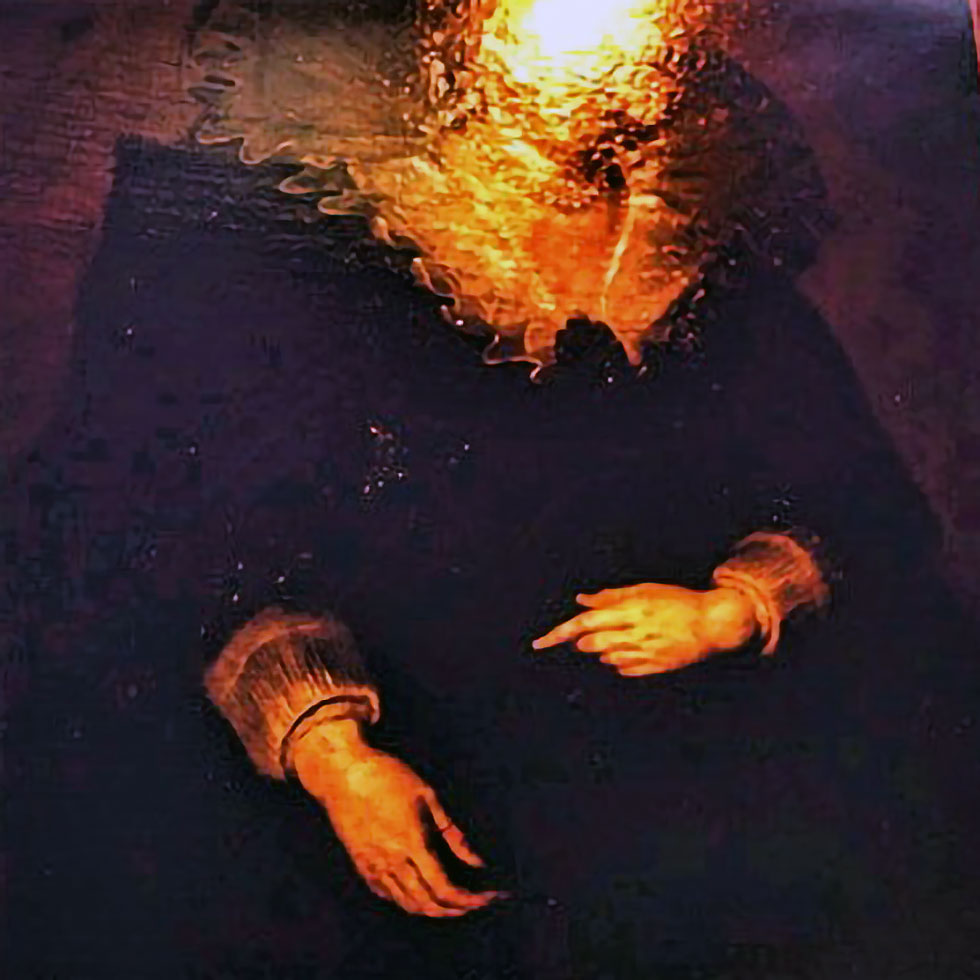
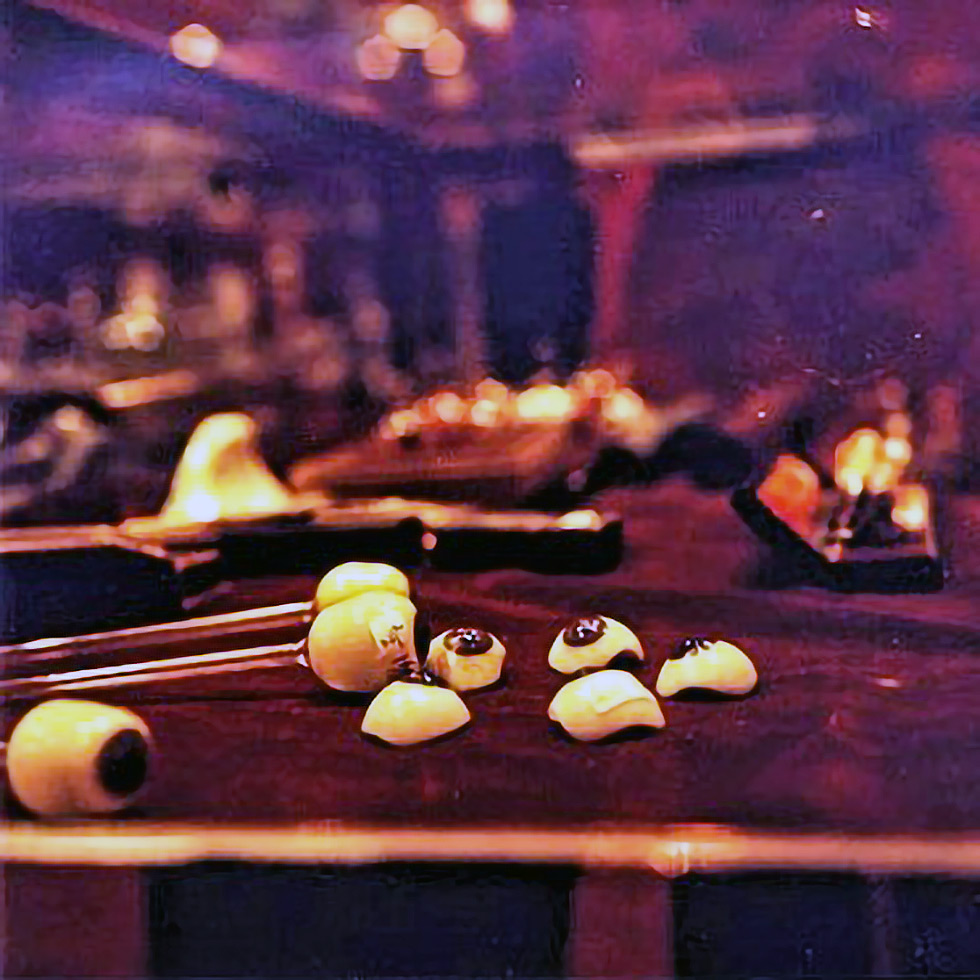
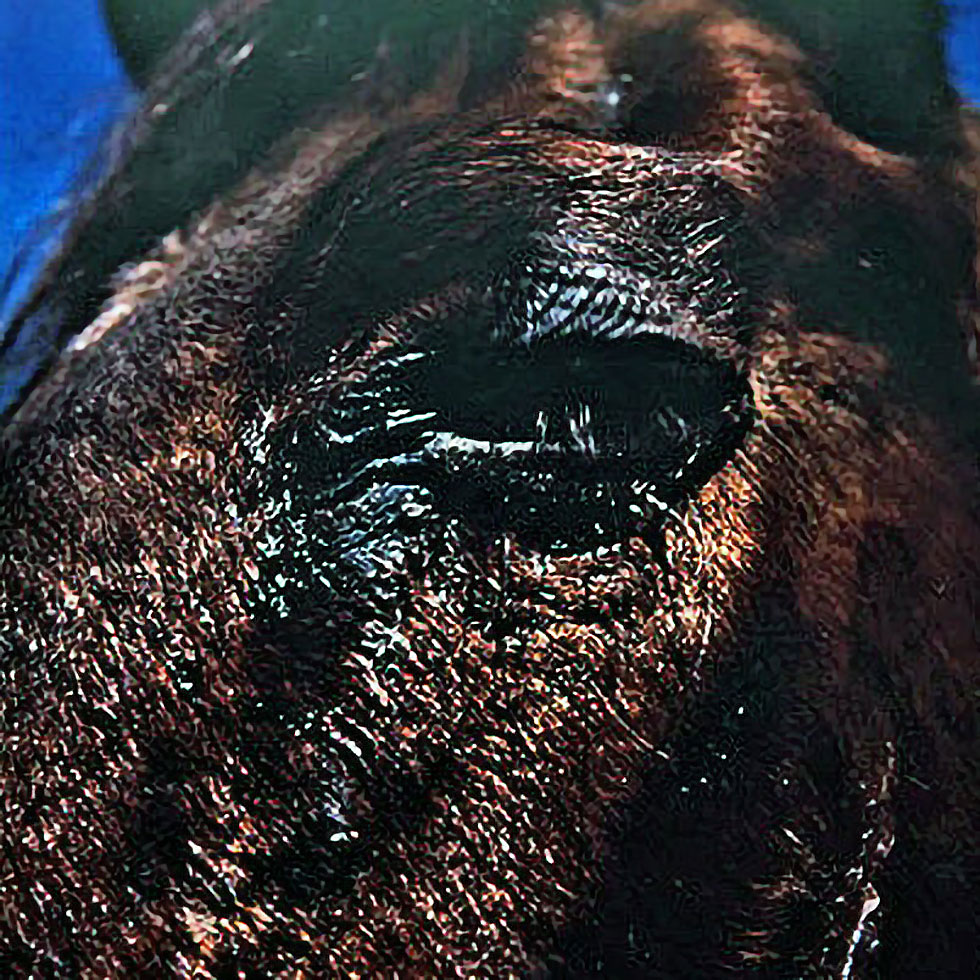
Fernando de Tacca He is a professor at the Institute of Arts (IA) at Unicamp, curator of the “Photography” section at JU and editor of Studium magazine: www.studium.iar.unicamp.br. Currently in Spain, with a Research Scholarship Abroad/FAPESP.
[1] https://www.museoreinasofia.es/coleccion/obra/monologue-dune-ombre-monologo-sombra
[2] In an online interview.
[3] http://www.tolucaeditions.com/?page_id=77
[4] The original text in Portuguese, titled “O Repositor”, was first published in Bravo magazine (March/2004) and then in the collection of twenty narratives by the author “A Cidade Dorme” (Cia das Letras published, 2018 ).
[5] To see the entire work visit the website:
[6] In an online interview.
[7] http://www.tolucaeditions.com/?portfolio=cette-blessure
[8] I quote two academic references about the work of Miguel Rio Branco: Aquino, Lívia Afonso. Image-poem: the poetics of Miguel Rio Branco. Master’s Dissertation, Institute of Arts, Unicamp, 2005:
Araújo Filho, José Mariano Klautau de. Miguel Rio Branco: immaterialities of the object, materialities of the image. Doctoral thesis, School of Communications and Arts, USP. 2015.
[9] To see more about Miguel Rio Branco:
[10] All images were taken from the website: http://www.take5editions.com/int/en/livres-publiees/introduction.html
[11] Photographic Archive National Museum Reina Sofía Art Center
[12] ADER – Nordmann & Dominique, accessed on 20/01/2019:
![]()

Access JU news on Unicamp’s social networks

secexec@unicamp.br
© Desde1994 | CAMPINAS STATE UNIVERSITY
